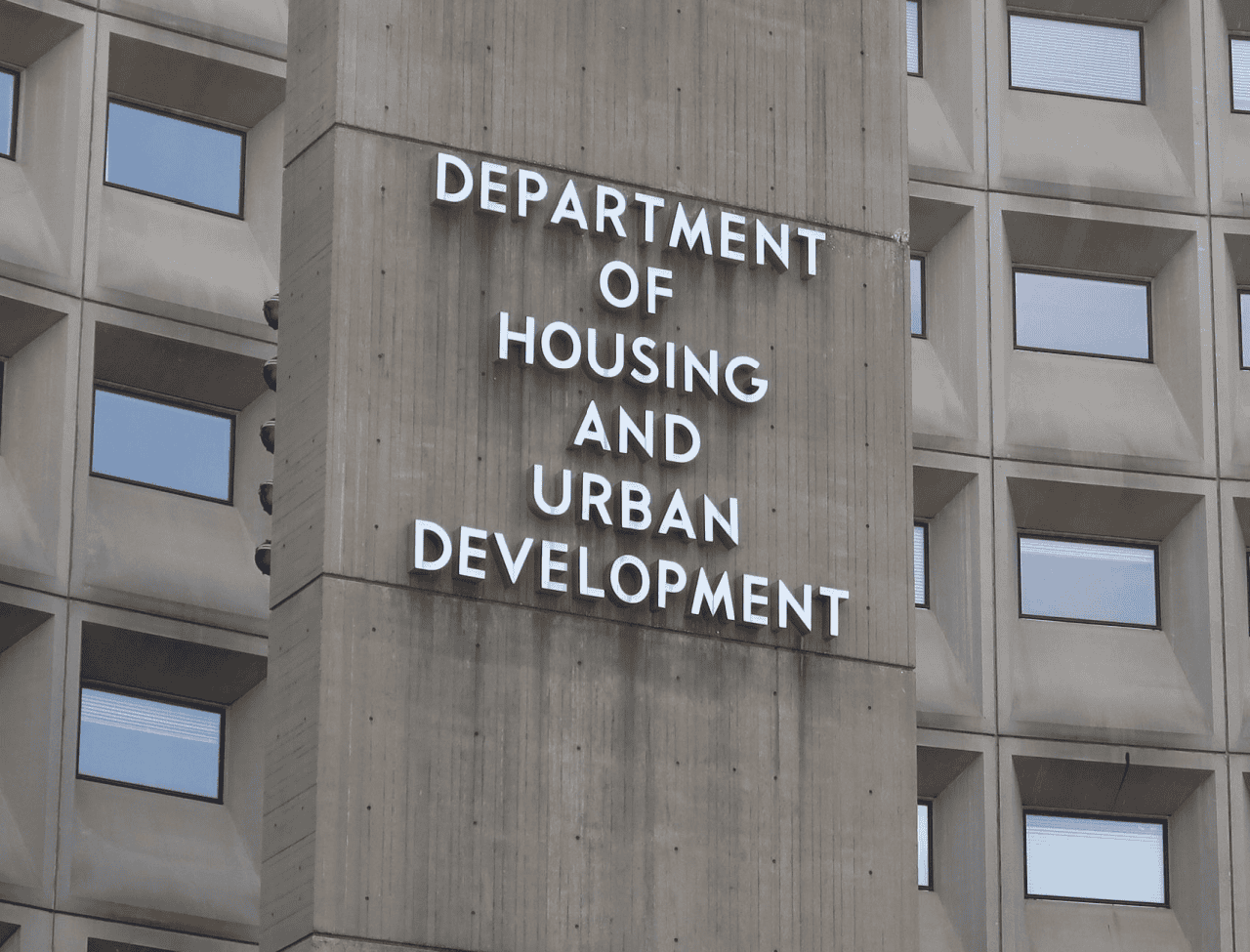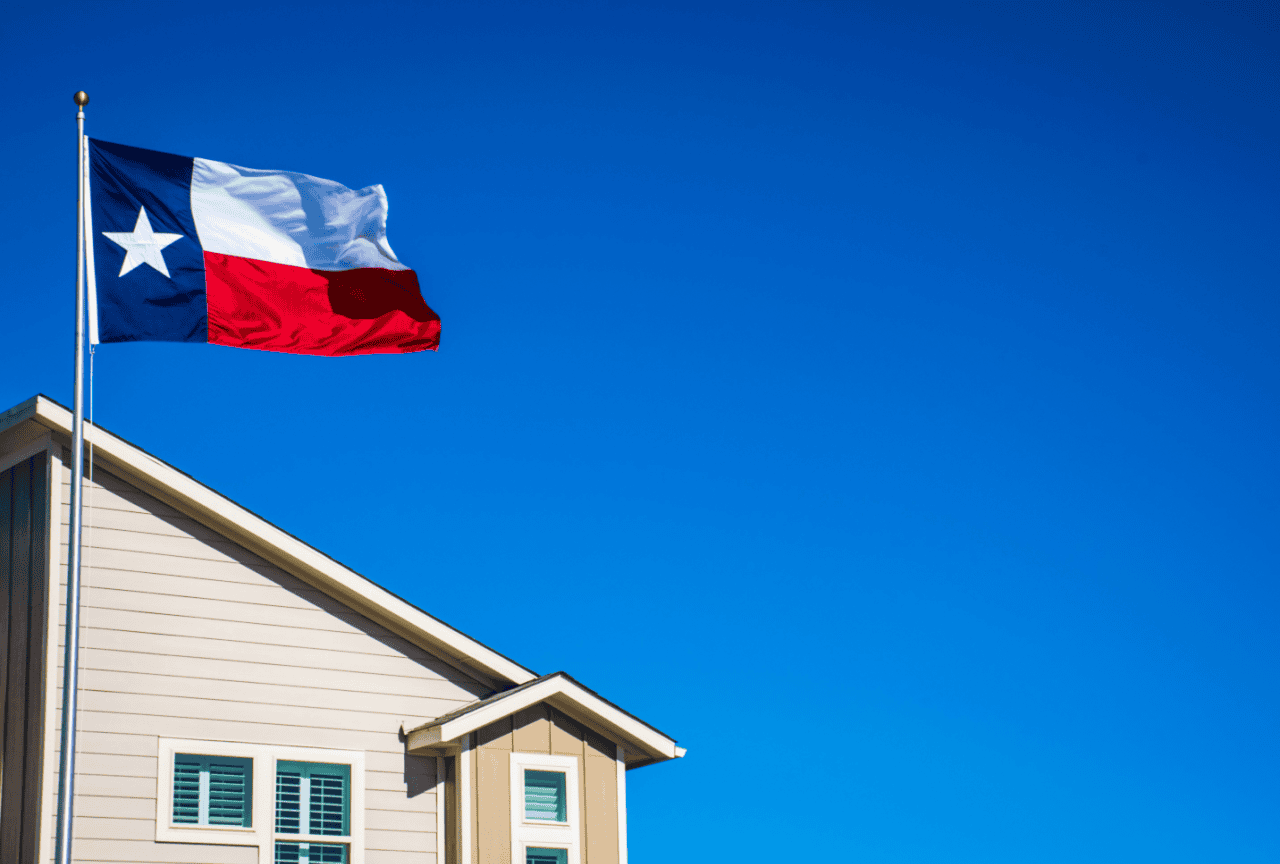Off-Site Building Gets Its Test in Multifamily

There are impressive benefits—quicker delivery of units and more predictable costs—to be realized by manufacturing building components off-site and assembling them onsite. But industry experts disagree about whether or not this technique is going to eventually take off.
“I do not think [the apartment sector] will see much of an uptick on modular housing for 2020,” said Walter Hughes, AIA, chief innovation officer & vice president, Humphreys & Partners Architects LLC. “Many of the issues with modular have still not been solved. More plants are needed. Savings are not in construction costs but in construction time—it’s a shorter loan, quicker delivery and a shorter time to get to stabilization. However, a lot of the money needs to be put up front.”
The architects at AO have seen an increase in modular construction in recent years for market-rate and affordable apartments. “We believe that modular construction will continue to bloom, especially in hot markets across California, like NorCal,” said Ioanna Magiati, an associate with AO Multifamily Studio.
Still, AO’s clients need to get past the usual challenges of utilizing modular construction on their projects. For example, modular requires a staging area on site (a challenge in urban infill areas), proximity to the manufacturer for transport and the willingness to stick to a disciplined approach.
Developers, Magiati noted, must maximize prefabrication to take advantage of the full benefits. “If a developer commits to modular, they need to be all in. It can’t be half field-built and half factory-built,” she said.
Vaughan Buckley, president of Volumetric Building Cos., a modular construction company, points out that once larger projects (100 unit-plus) are completed regularly, the risk profile for modular as a construction method will decrease and more institutional investors will start entering the market. Volumetric has built apartments for several institutional investors, including the Carlyle Group. He adds that other multinational firms such as Greystar and JP Morgan Chase are actively pursuing modular construction in the U.S.
According to Buckley, however, there are only a handful of successful multifamily modular factories in the country and most of them have huge backlogs. “Therefore, while I believe market-rate multifamily modular has already taken off, I think it’s hard to pinpoint a time when this occurs because we won’t see a marketplace uptick until we increase supply capacity.”
Source: multihousingnews.com















 Accessibility
Accessibility